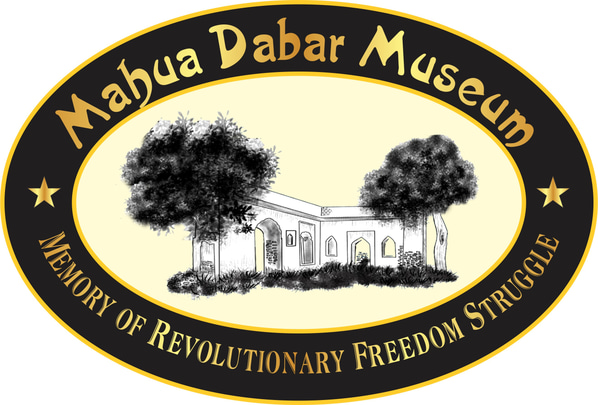Historical Artifacts
Books
The treasure trove of intellectual property at Mahua Dabar Museum continues to grow. Rare and historical books on the Indian Independence Movement have been preserved, which are proving useful for researchers.
Magazines
Magazines and special issues from the era of the freedom struggle and independent India are part of the collection. Particularly, the material published in these rare magazines contains descriptions of many unsung heroes and events. These magazines are now being digitized.
Letters
Rare letters from freedom fighters and martyrs are preserved, which are also displayed in programs from time to time.
Manuscripts
Memoirs, interviews, and manuscripts related to Indian independence are part of the museum. They reflect living history and thoughts. During the independence movement, these were used to accelerate Indian nationalism.
Documents
Documents of the Indian independence movement, which showcase various phases of the freedom struggle, include important acts, speeches, proceedings, court cases, resolutions, and papers.
Heritage
The museum plays a significant role in sensitising people about the glorious heritage of the Indian independence movement. It is an important part of India's history and culture. The objects, materials, tools, coins, and heritage preserved here provide information and inspiration.
For downloading the Mahua Dabar Museum artifacts list click here:
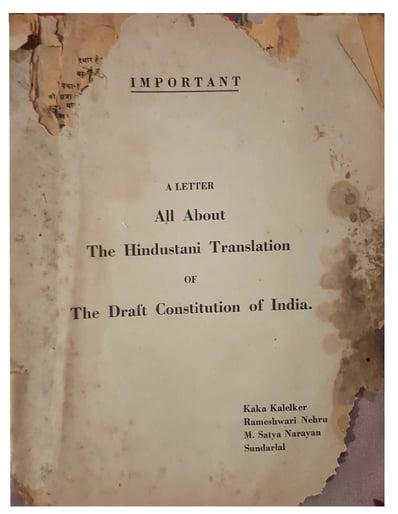
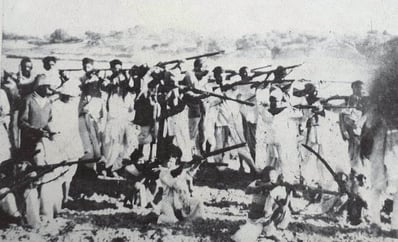
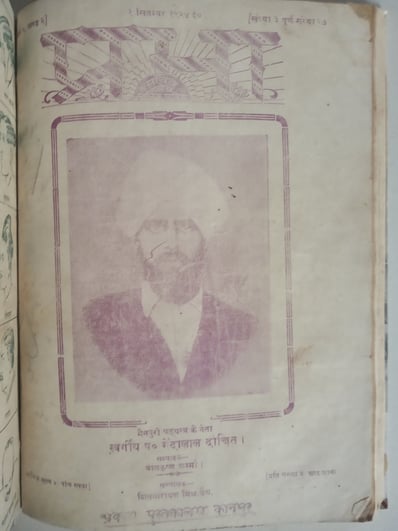
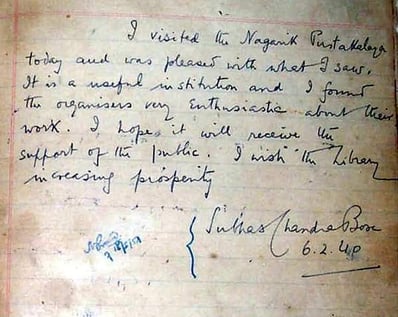
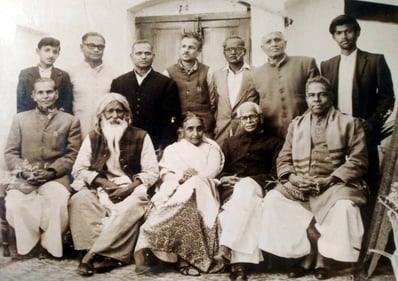
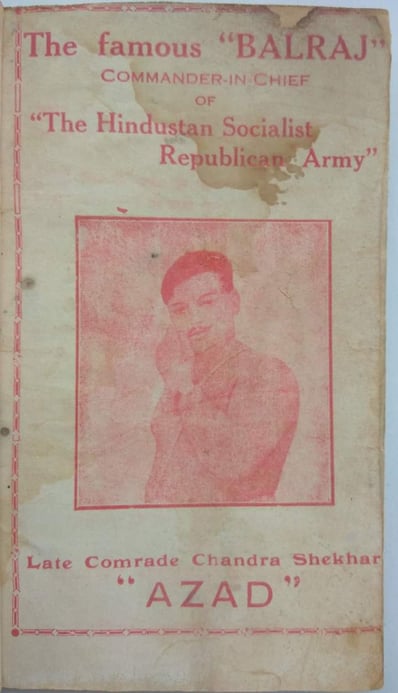
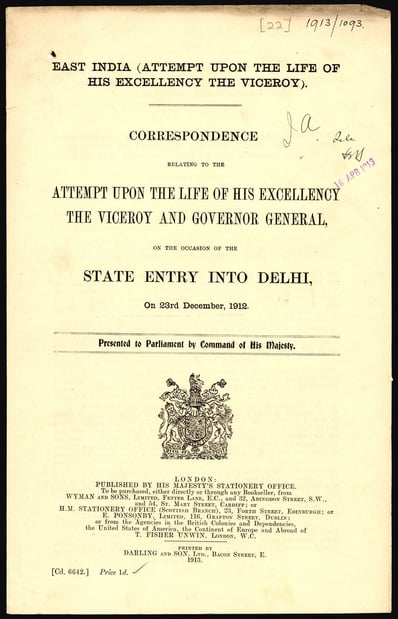
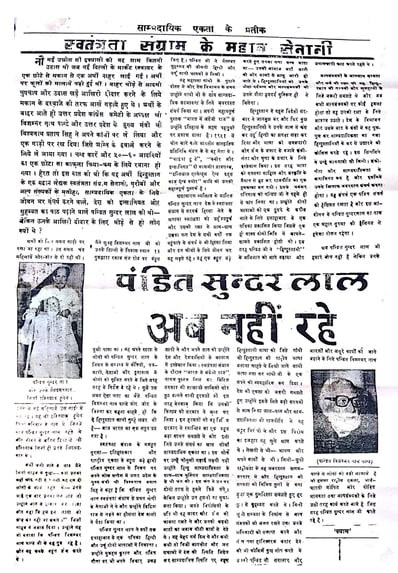
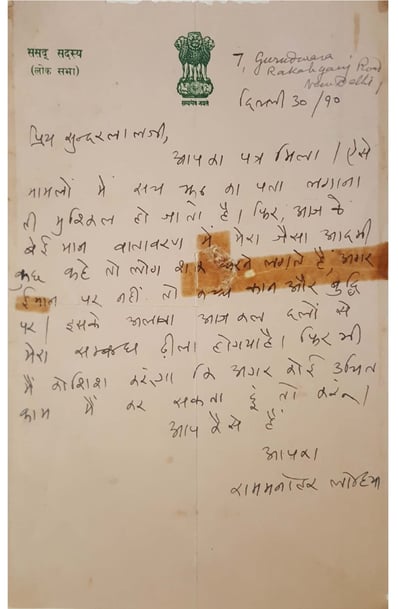
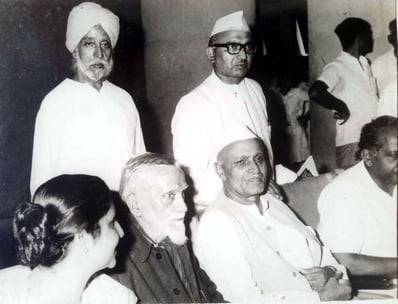
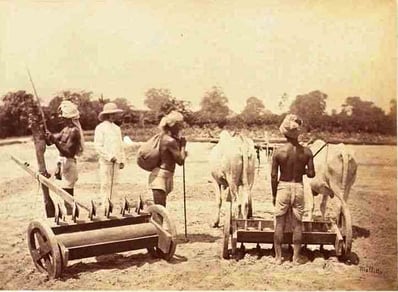
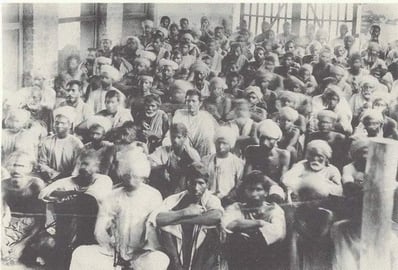
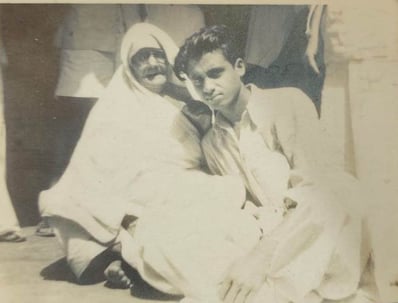
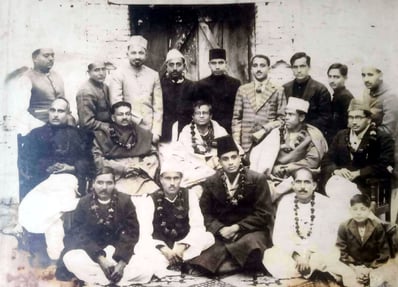
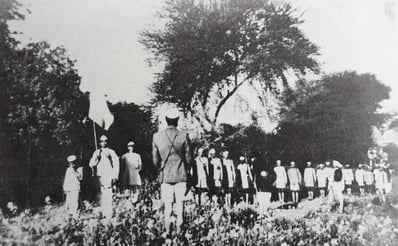
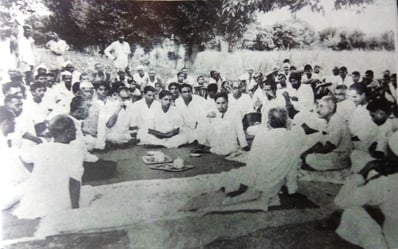
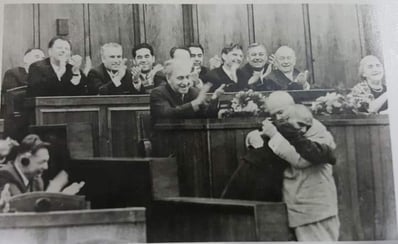
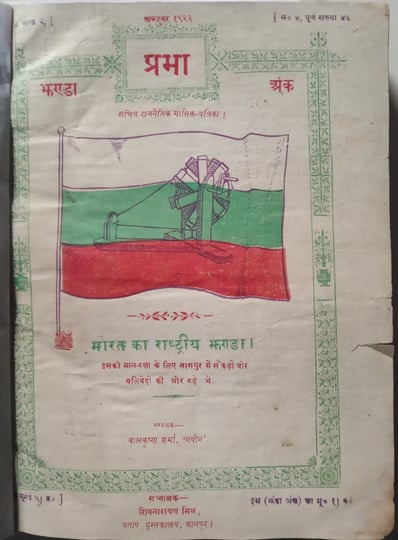
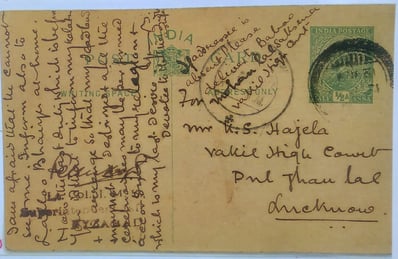
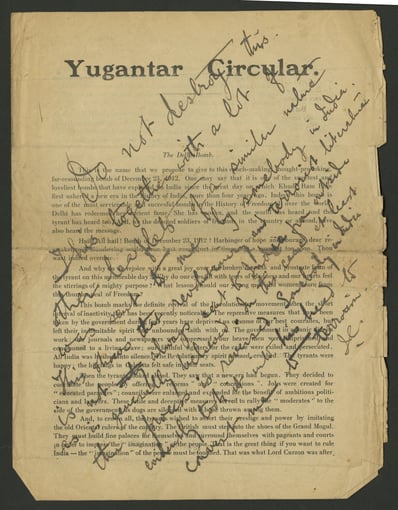




















Shauryanama Mahaabhiyan
Mahua Dabar Museum is organizing the 'Shauryanaama' Maha-Abhiyan from the upcoming Mahua Dabar Victory Day, June 10, 2025, to June 10, 2026. During this period, several programs will be held, including:
✅ Heritage Walk
✅ Cultural programs and plays
✅ Torch salute and rally
✅ Self-composed poetry recitation, speech, and quiz competitions
✅ Honoring families of freedom fighters
✅ Storytelling and film screenings
✅ Recognition of meritorious students
✅ Poster making, painting, sports, and video making competitions
✅ Exhibition of rare historical materials and book stalls
Your cooperation, insights, and active participation are vital in bringing the forgotten valor of Mahua Dabar to the forefront of our collective memory. This glorious chapter of resistance, courage, and sacrifice deserves to be remembered—not only as a story of the past but as an enduring inspiration for the future.
Let us come together to honor the legacy of those who stood fearlessly against oppression. Let us ensure that the tale of Mahua Dabar is not lost to time, but preserved as a golden heritage for generations to come.
Together, we can reclaim this history—share it, celebrate it, and keep its flame burning
Appeal To Researchers
Mahua Dabar Museum is in a unique position to develop the public understanding of the history of the society and culture of Indian region through the study and interpretation of its collections. These collections are expected to be central to the research practices in the Mahua Dabar Museum.
The Mahua Dabar has a particular responsibility to act as a major research forum for the history of the India.
The Museum is trying to maintain a rich collection of books, media, and artefacts so that a researcher has wide access to the different knowledge resources.
Mahua Dabar Museum believes that research should be key to effective public communication.
The museum belongs to the members of the public as well, motivated by a love of learning.
Scholars and researchers from all over the world are invited to study these collections at the Mahua Dabar Museum, shedding light on aspects of the region that are otherwise omitted from the wider global population and only find space for the wrong reasons.
• For the ease of access to the collections and responsible research at Mahua Dabar Museum, please read through this information on the procedures and rules before your visit.
• Researchers will be asked to complete a form that includes their name and contact information, the topic being researched, and what the research will be used for.
• Most research assistance is offered free of charge. Although, a fee may be assessed due to the difficulty of request.
• Research can be conducted in person only.
• Research is by appointment only. The access to the collections is available Monday–Friday, 10:00 am–6:00 pm. Appointments must be made at least a week in advance.
• Please make your initial research request as detailed as possible so that we can prepare materials for you. Some collections are stored off-site and are inaccessible without notice.
• The use of personal cameras, phones, or scanners to copy materials is not permissible.
• Photocopies are not available at this stage. We hope to accommodate scans/photographs in future. For now, you may write down the relevant portion of the document.
• Researchers may be required to wear gloves (provided by the museum) while handling certain rear materials.
• Museum holdings must not be marked on in any way. Use of pencil, pens, and markers on any document is completely forbidden.
• You can bring your laptop and cell phones.
• Please keep your phones silent during research. If you must take a call, please leave the reference area.
• No food or drink is permitted at the research table.
• Unsupervised use of the collections is not permitted.
• If a researcher has requested a number of different objects or files, collections staff may limit the number of objects used at one time.
• The Museum does not make loans from its collections for research or publication purposes.
• Uncatalogued collections will generally not be made available to researchers.
• Written permission must be obtained from the Museum to use reproductions in any publication or product. The museum reserves the right to deny reproduction should doing so cause harm to the object or if the object has known access or copyright restrictions.
• If you reproduce any material in your research work, kindly provide due and proper mention of the Mahua Dabar Museum in your work.
• The Mahua Dabar Museum expects all researchers utilizing its collections to comply with the legal or ethical restrictions on research imposed by the Museum and to adhere to the generally accepted ethical guidelines in the field in which they are engaged.
A treasure trove of history !
John Doe
Publication
Mahua Dabur Museum has published its own newsletter along with autobiographies of freedom fighters, biographies, and books about history.
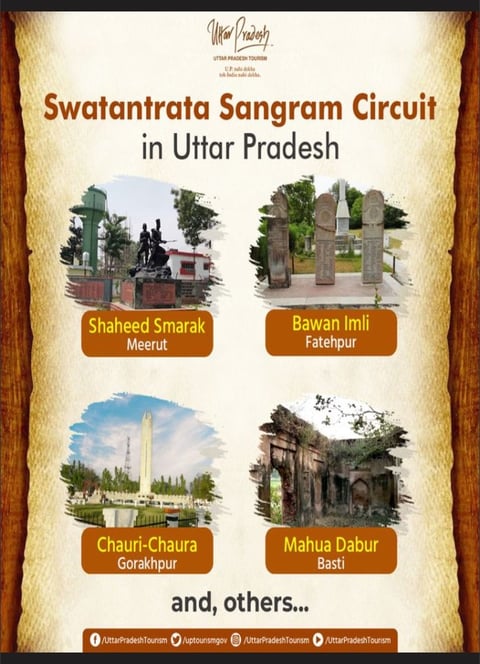

Events
The Revolution of 1857 and the Sacrifice of Mahua Dabar
The spark of the 1857 Revolt, ignited in Meerut, rapidly spread like wildfire across the Indian subcontinent. Among the many towns that rose in defiance of British rule, Mahua Dabar in present-day Basti district played a pivotal yet often overlooked role in the resistance.
On June 10, 1857, as British officers were moving toward Danapur (now in Patna), local revolutionaries—alerted to their movement—mobilized under the leadership of Jafar Ali and his fellow patriots. The insurgents launched a bold attack on the British contingent as it attempted to cross the Manorama River. In the ensuing confrontation, several British officers—Lieutenant Lindsay, Thomas, English, Ritchie, Cockle, and Sergeant Edward—were killed. Only Sergeant Busher managed to flee and later reported the incident to British authorities.
Infuriated by the uprising, the colonial administration responded with swift and brutal force. Martial law was declared in Basti on June 20, 1857. Less than two weeks later, on July 3, 1857, Collector Pepe Williams of Gorakhpur led a cavalry unit to Besiege Mahua Dabar. In a punitive act of collective retribution, the entire village was set ablaze. The British authorities razed Mahua Dabar to the ground and marked it as Gairchiragi—a place where no lamps would burn again, signifying a permanent prohibition on habitation and a symbolic erasure of its people and history.
This forgotten chapter of the 1857 Revolution stands as a stark testament to the sacrifices made by countless unnamed freedom fighters. Mahua Dabar's destruction serves as a chilling reminder of the brutal suppression of resistance and the price paid for India's struggle toward self-rule
In its pursuit of those responsible for the attack, the British government committed severe atrocities. Courageous revolutionaries such as Ghulam Khan, Gulzar Khan Pathan, Nehal Khan Pathan, Ghisa Khan Pathan, and Badlu Khan Pathan were publicly hanged on February 18, 1858.
Revenge of Mahua Dabar and the Downfall of Pepe Williams
To avenge the oppression at Mahua Dabar, Pirai Khan and his companions attacked Pepe Williams' empire on May 21, 1858. Many people were killed and wounded in the fierce struggle. Facing the strength of the revolutionaries, Pepe Williams had to flee with two European companions. Later, the revolutionaries set fire to Birdpur House and factories.
On June 12, 1859, guerrilla revolutionaries launched a final attack on Pepe Williams. In this attack, Pepe was severely wounded and was eventually forced to flee to London.
Mahua Dabar Museum: An Effort to Preserve History
Although British oppression turned Mahua Dabar into ruins, the Mahua Dabar Museum was established to keep alive its revolutionary saga. Here, rare documents, letters, gazetteers, coins, tools, photographs, manuscripts, newspapers, magazines, films, and case files related to the freedom struggle are preserved. This museum, with public support, is working to connect the new generation with the legacy of revolutionary heroes.
Location
Mahua Dabar Museum, India
Hours
9 AM - 5 PM
Heritage
Explore India's freedom struggle and rich heritage.
Contact
Email:
Mob. 6388509249
Dr. Shah Alam Rana
© 2025. All rights reserved.
